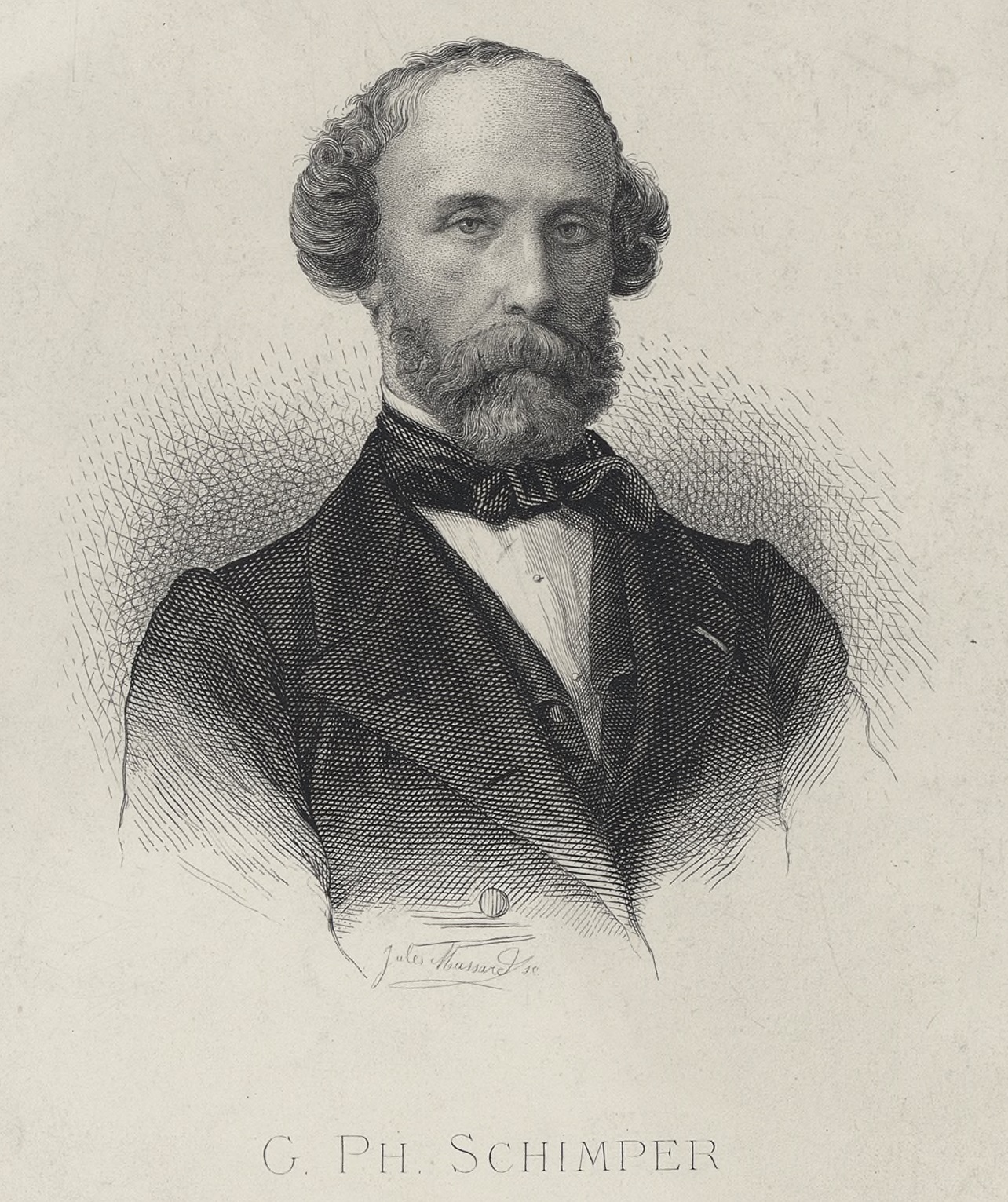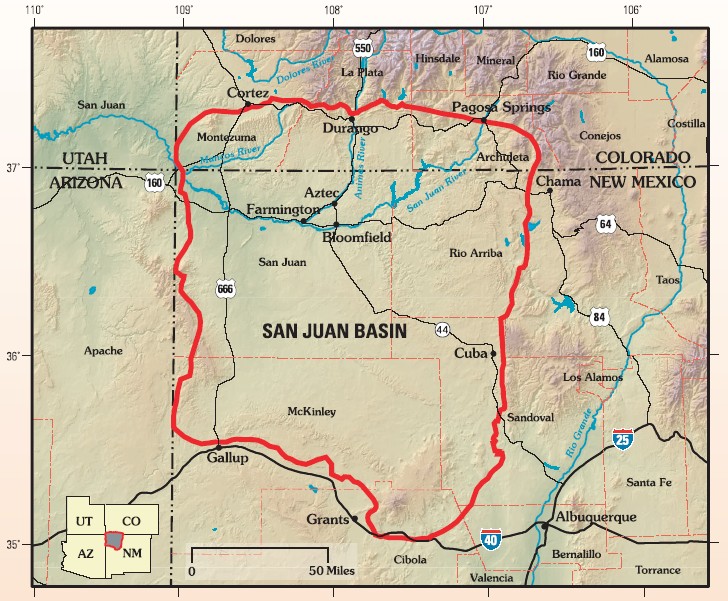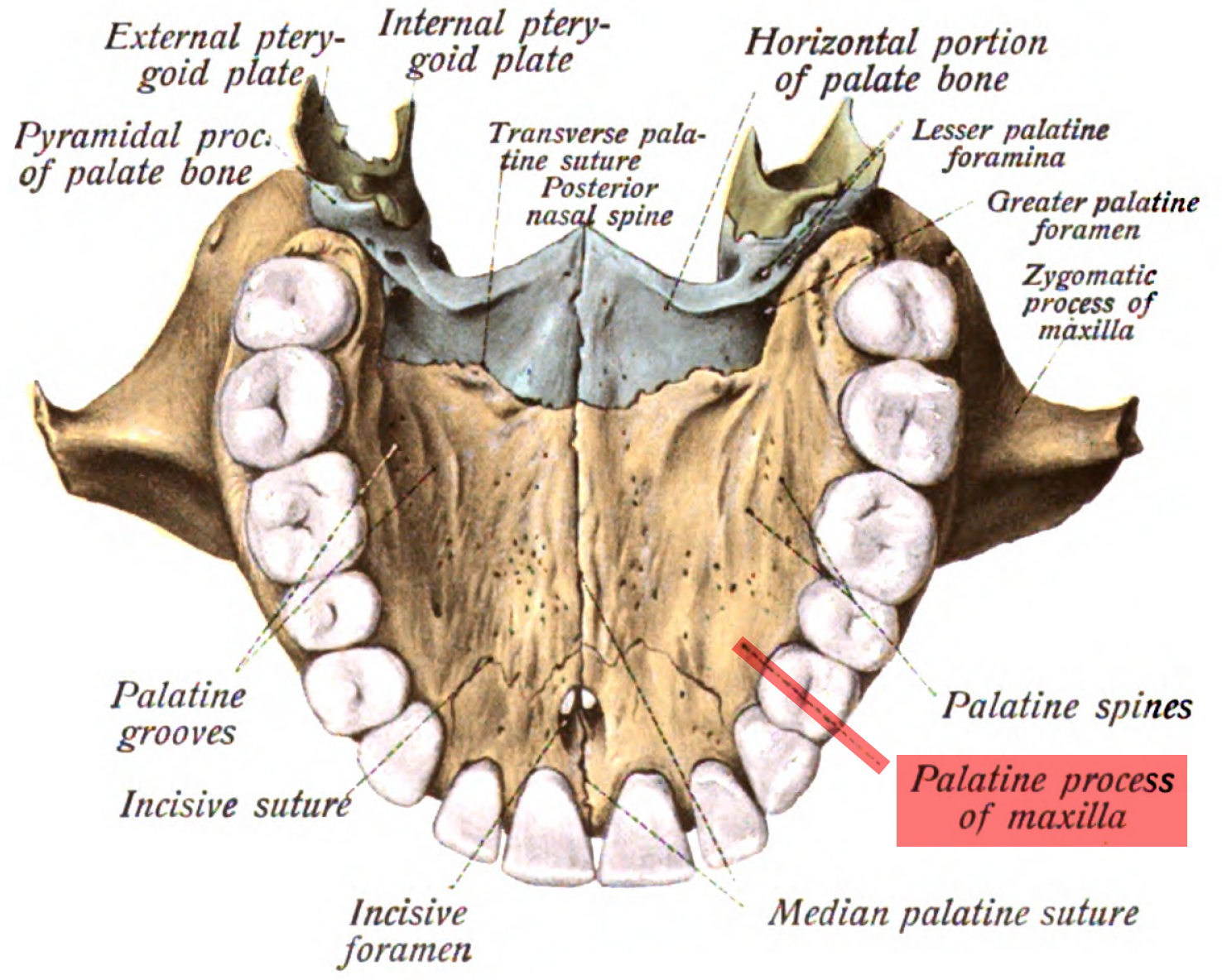|
Protictis
''Protictis'' ("first weasel") is an extinct paraphyletic genus of placental mammals from extinct subfamily Didymictinae within extinct family Viverravidae, that lived in North America during late Paleocene. Etymology The name of genus ''Protictis'' comes and Latin ''ictis''. Description ''Protictis'' was a mongoose-like animal that was lightly built. The species had variable sizes. Parts of the skeleton of ''P. haydenianus'' are known and this species was about 75 cm long, comparable to the related ''Didymictis'' and the modern day Asian civets. The skull of ''P. simpsoni'' shows that this species was larger than ''P. haydenianus''. ''P. minor'' on the other hand was smaller than ''P. haydenianus''. The morphology of the limb bones of ''P haydenianus'' points at a scansorial lifestyle. ''Protictis'' had two times as many teeth as modern carnivores. The characteristic carnassials of carnivores were already clearly developed in ''Protictis'', but the long and pointy t ... [...More Info...] [...Related Items...] OR: [Wikipedia] [Google] [Baidu] |
Didymictinae
Didymictinae ("double weasels") is an extinct subfamily of mammals from extinct family Viverravidae, that lived from the early Palaeocene to the middle Eocene in North America and Europe. Classification and phylogeny Classification * Subfamily: †Didymictinae ** Genus: †'' Bryanictis'' *** †''Bryanictis microlestes'' *** †''Bryanictis paulus'' *** †''Bryanictis terlinguae'' ** Genus: †'' Didymictis'' *** †''Didymictis altidens'' *** †''Didymictis dellensis'' *** †''Didymictis leptomylus'' *** †''Didymictis protenus'' *** †''Didymictis proteus'' *** †''Didymictis vancleveae'' *** †''Didymictis'' sp. rquelinnes, Hainaut, Belgium ** Genus: †'' Intyrictis'' *** †''Intyrictis vanvaleni'' ** Genus: †'' Pristinictis'' *** †''Pristinictis connata'' ** Genus: †'' Protictis'' (paraphyletic genus) *** †''Protictis agastor'' *** †''Protictis haydenianus'' *** †''Protictis minor'' *** †''Protictis paralus'' *** †''Proticti ... [...More Info...] [...Related Items...] OR: [Wikipedia] [Google] [Baidu] |
Viverravidae
Viverravidae ("ancestors of viverrids") is an extinct monophyletic family of mammals from extinct superfamily Viverravoidea within the clade Carnivoramorpha, that lived from the early Palaeocene to the late Eocene in North America, Europe and Asia.Malcolm C. McKenna, Susan K. Bell: ''Classification of Mammals: Above the Species Level'' in Columbia University Press, New York (1997), 631 Seiten. They were once thought to be earliest carnivorans and ancestral to extant carnivorans, but now are placed outside the order Carnivora based on cranial morphology as a relatives (a plesion-group) to extant carnivorans. General characteristics Wang and Tedford propose that they arose in North America 66-60 million years ago, spread to Asia then later to Europe, and were the first carnivoramorphans and possessed the first true pair of carnassial teeth.Wang, Xiaoming; Tedford, Richard H. (2008.) "Dogs: Their Fossil Relatives and Evolutionary History." New York: Columbia University Press I ... [...More Info...] [...Related Items...] OR: [Wikipedia] [Google] [Baidu] |
Paleocene
The Paleocene, ( ) or Palaeocene, is a geological epoch that lasted from about 66 to 56 million years ago (mya). It is the first epoch of the Paleogene Period in the modern Cenozoic Era. The name is a combination of the Ancient Greek ''palaiós'' meaning "old" and the Eocene Epoch (which succeeds the Paleocene), translating to "the old part of the Eocene". The epoch is bracketed by two major events in Earth's history. The K–Pg extinction event, brought on by an asteroid impact and possibly volcanism, marked the beginning of the Paleocene and killed off 75% of living species, most famously the non-avian dinosaurs. The end of the epoch was marked by the Paleocene–Eocene Thermal Maximum (PETM), which was a major climatic event wherein about 2,500–4,500 gigatons of carbon were released into the atmosphere and ocean systems, causing a spike in global temperatures and ocean acidification. In the Paleocene, the continents of the Northern Hemisphere were still connected v ... [...More Info...] [...Related Items...] OR: [Wikipedia] [Google] [Baidu] |
Visual Perception
Visual perception is the ability to interpret the surrounding environment through photopic vision (daytime vision), color vision, scotopic vision (night vision), and mesopic vision (twilight vision), using light in the visible spectrum reflected by objects in the environment. This is different from visual acuity, which refers to how clearly a person sees (for example "20/20 vision"). A person can have problems with visual perceptual processing even if they have 20/20 vision. The resulting perception is also known as vision, sight, or eyesight (adjectives ''visual'', ''optical'', and ''ocular'', respectively). The various physiological components involved in vision are referred to collectively as the visual system, and are the focus of much research in linguistics, psychology, cognitive science, neuroscience, and molecular biology, collectively referred to as vision science. Visual system In humans and a number of other mammals, light enters the eye through the corne ... [...More Info...] [...Related Items...] OR: [Wikipedia] [Google] [Baidu] |
San Juan Basin
The San Juan Basin is a geologic structural basin located near the Four Corners region of the Southwestern United States. The basin covers 7,500 square miles and resides in northwestern New Mexico, southwestern Colorado, and parts of Utah and Arizona. Specifically, the basin occupies space in the San Juan, Rio Arriba, Sandoval, and McKinley counties in New Mexico, and La Plata and Archuleta counties in Colorado. The basin extends roughly N-S and E-W. The San Juan Basin is an asymmetric structural depression in the Colorado Plateau province, with varying elevation and nearly in topographic relief. Its most striking features include Chaco Canyon (northwestern New Mexico, between Farmington and Santa Fe) and Chacra Mesa. The basin lies west of the Continental Divide, and its main drainage is the southwest- to west-flowing San Juan River, which eventually joins the Colorado River in Utah. Climate of the basin is arid to semiarid, with an annual precipitation of and an ... [...More Info...] [...Related Items...] OR: [Wikipedia] [Google] [Baidu] |
Edward Drinker Cope
Edward Drinker Cope (July 28, 1840 – April 12, 1897) was an American zoologist, paleontologist, comparative anatomist, herpetologist, and ichthyologist. Born to a wealthy Quaker family, Cope distinguished himself as a child prodigy interested in science; he published his first scientific paper at the age of 19. Though his father tried to raise Cope as a gentleman farmer, he eventually acquiesced to his son's scientific aspirations. Cope married his cousin and had one child; the family moved from Philadelphia to Haddonfield, New Jersey, although Cope would maintain a residence and museum in Philadelphia in his later years. Cope had little formal scientific training, and he eschewed a teaching position for field work. He made regular trips to the American West, prospecting in the 1870s and 1880s, often as a member of United States Geological Survey teams. A personal feud between Cope and paleontologist Othniel Charles Marsh led to a period of intense fossil-finding competit ... [...More Info...] [...Related Items...] OR: [Wikipedia] [Google] [Baidu] |
1882
Events January–March * January 2 ** The Standard Oil Trust is secretly created in the United States to control multiple corporations set up by John D. Rockefeller and his associates. ** Irish-born author Oscar Wilde arrives in the United States for an extended lecture tour; when asked by a customs official if he has anything to declare, he replies "I have nothing to declare but my genius" according to later tradition. * January 5 – Charles J. Guiteau is found guilty of the assassination of James A. Garfield (President of the United States) and sentenced to death, despite an insanity defense raised by his lawyer. * January 12 – Holborn Viaduct power station in the City of London, the world's first coal-fired public electricity generating station, begins operation. * February 3 – American showman P. T. Barnum acquires the elephant Jumbo from the London Zoo. * March 2 – Roderick Maclean fails in an attempt to assassinate Queen Victo ... [...More Info...] [...Related Items...] OR: [Wikipedia] [Google] [Baidu] |
Mandibula
In anatomy, the mandible, lower jaw or jawbone is the largest, strongest and lowest bone in the human facial skeleton. It forms the lower jaw and holds the lower teeth in place. The mandible sits beneath the maxilla. It is the only movable bone of the skull (discounting the ossicles of the middle ear). It is connected to the temporal bones by the temporomandibular joints. The bone is formed in the fetus from a fusion of the left and right mandibular prominences, and the point where these sides join, the mandibular symphysis, is still visible as a faint ridge in the midline. Like other symphyses in the body, this is a midline articulation where the bones are joined by fibrocartilage, but this articulation fuses together in early childhood.Illustrated Anatomy of the Head and Neck, Fehrenbach and Herring, Elsevier, 2012, p. 59 The word "mandible" derives from the Latin word ''mandibula'', "jawbone" (literally "one used for chewing"), from '' mandere'' "to chew" and ''-bula'' ( ... [...More Info...] [...Related Items...] OR: [Wikipedia] [Google] [Baidu] |
Maxilla
The maxilla (plural: ''maxillae'' ) in vertebrates is the upper fixed (not fixed in Neopterygii) bone of the jaw formed from the fusion of two maxillary bones. In humans, the upper jaw includes the hard palate in the front of the mouth. The two maxillary bones are fused at the intermaxillary suture, forming the anterior nasal spine. This is similar to the mandible (lower jaw), which is also a fusion of two mandibular bones at the mandibular symphysis. The mandible is the movable part of the jaw. Structure In humans, the maxilla consists of: * The body of the maxilla * Four processes ** the zygomatic process ** the frontal process of maxilla ** the alveolar process ** the palatine process * three surfaces – anterior, posterior, medial * the Infraorbital foramen * the maxillary sinus * the incisive foramen Articulations Each maxilla articulates with nine bones: * two of the cranium: the frontal and ethmoid * seven of the face: the nasal, zygomatic, lacrimal, ... [...More Info...] [...Related Items...] OR: [Wikipedia] [Google] [Baidu] |
Holotype
A holotype is a single physical example (or illustration) of an organism, known to have been used when the species (or lower-ranked taxon) was formally described. It is either the single such physical example (or illustration) or one of several examples, but explicitly designated as the holotype. Under the International Code of Zoological Nomenclature (ICZN), a holotype is one of several kinds of name-bearing types. In the International Code of Nomenclature for algae, fungi, and plants (ICN) and ICZN, the definitions of types are similar in intent but not identical in terminology or underlying concept. For example, the holotype for the butterfly '' Plebejus idas longinus'' is a preserved specimen of that subspecies, held by the Museum of Comparative Zoology at Harvard University. In botany, an isotype is a duplicate of the holotype, where holotype and isotypes are often pieces from the same individual plant or samples from the same gathering. A holotype is not necessaril ... [...More Info...] [...Related Items...] OR: [Wikipedia] [Google] [Baidu] |
Canada
Canada is a country in North America. Its ten provinces and three territories extend from the Atlantic Ocean to the Pacific Ocean and northward into the Arctic Ocean, covering over , making it the world's second-largest country by total area. Its southern and western border with the United States, stretching , is the world's longest binational land border. Canada's capital is Ottawa, and its three largest metropolitan areas are Toronto, Montreal, and Vancouver. Indigenous peoples have continuously inhabited what is now Canada for thousands of years. Beginning in the 16th century, British and French expeditions explored and later settled along the Atlantic coast. As a consequence of various armed conflicts, France ceded nearly all of its colonies in North America in 1763. In 1867, with the union of three British North American colonies through Confederation, Canada was formed as a federal dominion of four provinces. This began an accretion of provinces and ... [...More Info...] [...Related Items...] OR: [Wikipedia] [Google] [Baidu] |
United States
The United States of America (U.S.A. or USA), commonly known as the United States (U.S. or US) or America, is a country primarily located in North America. It consists of 50 U.S. state, states, a Washington, D.C., federal district, five major unincorporated territories, nine United States Minor Outlying Islands, Minor Outlying Islands, and 326 Indian reservations. The United States is also in Compact of Free Association, free association with three Oceania, Pacific Island Sovereign state, sovereign states: the Federated States of Micronesia, the Marshall Islands, and the Palau, Republic of Palau. It is the world's List of countries and dependencies by area, third-largest country by both land and total area. It shares land borders Canada–United States border, with Canada to its north and Mexico–United States border, with Mexico to its south and has maritime borders with the Bahamas, Cuba, Russia, and other nations. With a population of over 333 million, it is the List of ... [...More Info...] [...Related Items...] OR: [Wikipedia] [Google] [Baidu] |



.jpg)

